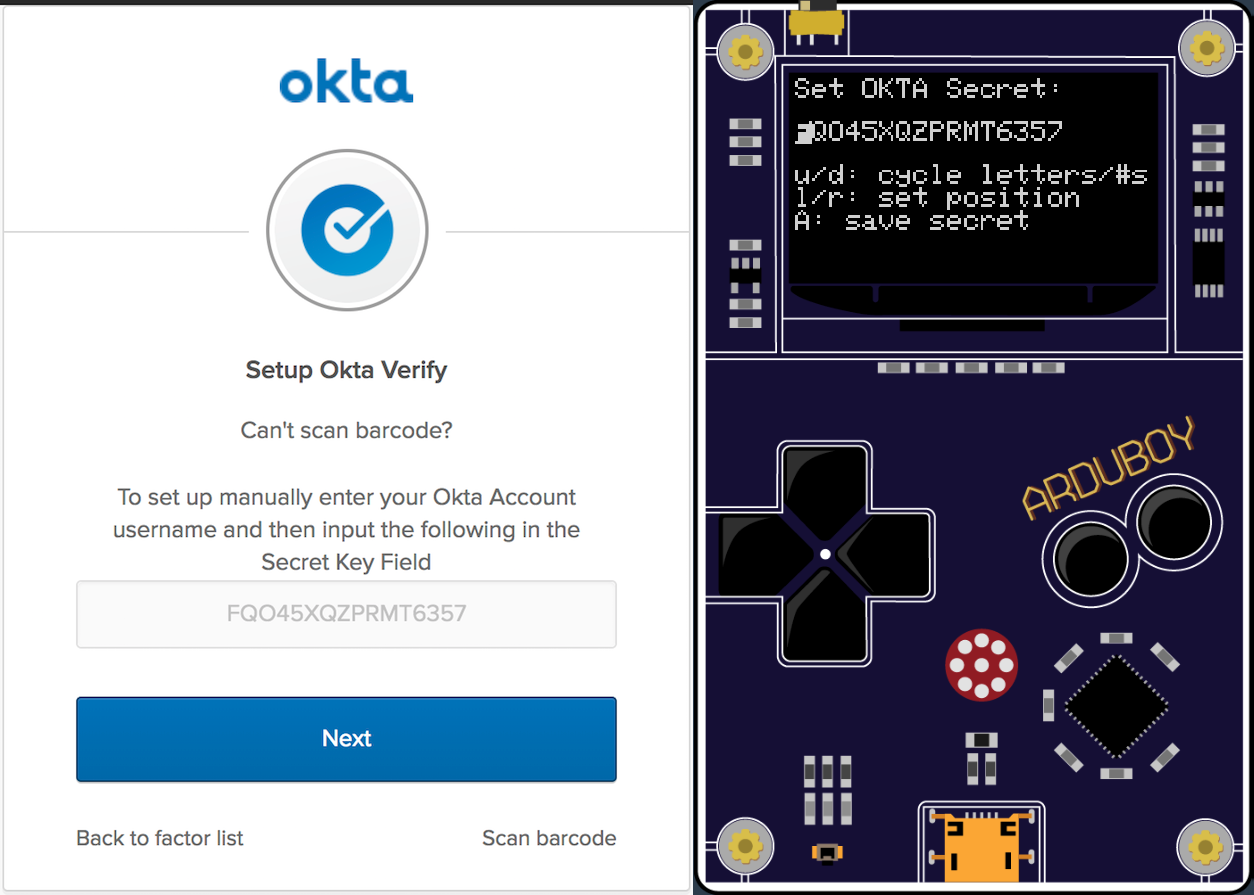Articles tagged auth
The Rails Guide to Securing an API

In this tutorial we are going down a different track then our last Ruby Post (bad pun intended). Instead diving into building a very simple API that, of course, we will secure with access tokens minted by our very own Okta OAuth server. We’ll make requests to this API via Postman to keep things nice and simple. Now let’s get chugging along. (OK, that’s the last pun for a bit.) Prerequisites for this blog post...
JWTs in React for Secure Authentication

Although authentication is a common requirement for web apps, it can be difficult to get it right, especially if you’re by yourself or part of a small team. That’s why many sites choose to use OAuth 2.0 to let a third-party handle authentication for them. They just need to know how to decode a JSON Web Token (JWT), rather than how to store a bunch of user information and pray they aren’t the next company...
Build Single Sign-on for Your ASP.NET MVC App

So you’re interested in using single sign-on (SSO) for your ASP.NET MVC apps? You’ve come to the right place. There are lots of reasons for using SSO for custom apps owned by the same organization. Better user experience. Less development time. Improved security. Those are all great reasons. Another thing I love about SSO is that it can enable upgrading a large codebase a piece at a time instead of all at once. How so?...
Linking Your Alexa Skill Securely with Okta

We are moving toward a ‘SMART’ world where everything is interconnected and almost all things or devices are interactive. From a gesture-driven by an actual human being to automated interactions from another device or application, a lot of developers and even non-computer savvy users are trying to explore this space. In this post, I will use Amazon’s Alexa which is Amazon’s voice-enabled and command Virtual Assistant as an example. I’ll show how you can make...
Simple User Authentication in React

In 2019, it’s quite easy to find React components for pretty much everything. For example, if you want to add user authentication to your app, you can do so easily with Okta’s React component. Here I’ll walk you through creating a simple, fun React app that fetches random Chuck Norris jokes. I’ll then show you how you can add user authentication and customize your user experience, so the jokes will replace Chuck Norris’ name with...
Build a One-time Password Token for MFA with Okta

Okta has a great multi-factor authentication (MFA) service that you can use right away with a free developer account. It provides additional security by requiring a second factor after authentication and supports a variety of factor types including SMS, soft tokens like Google Authenticator, hard tokens like Yubikey and the Okta Verify soft token with push notification. Google Authenticator and Okta Verify are a type of factor called time-based one-time password (TOTP) tokens. They use...
Build and Understand a Simple Node.js Website with User Authentication
Building websites with user authentication and management (login, registration, password reset, etc.), can be a huge pain. As a developer there are a million little things you need to worry about: Storing the users in your database Making sure you have the right user attributes defined Forcing users to be logged in to view a page Building registration and login forms Creating password reset workflows that email users a link Verifying new users when they...
Use Multi-factor Authentication from the Command Line
Multi-factor authentication is an important tool in your security arsenal. If your password is compromised, your account can still be protected by using high quality second factors, such as Authy, Google Authenticator, or Okta Verify. In this tutorial, I’ll show you how to authenticate, enroll in multi-factor authentication with Okta Verify, and process push notifications – all from the command line using a bash shell script. Why would you ever want to do this? A)...
Add Auth to Your PWA with Okta and Stencil
Progressive Web Applications (PWAs) are the newest technology on the web dev block and they’ve arrived just in time to solve a growing problem. Many companies are struggling to keep isolated development teams across their organization up-to-date when new features are released. Some companies are even trying to decide if it’s worth the cost to develop both a web app and a mobile application. Not surprisingly, it’s a headache most companies are looking to avoid....
The Lazy Developer's Guide to Authentication with Vue.js

I’ll happily admit that like many of you, I’m a lazy developer. I tend to look for solutions someone else has already built before I try to build them myself. In the “old days” of the early 2000s, I used to spend a lot more time coding solutions myself. But today many solutions to coding problems are just a keyword search away. In that spirit, I approached this tutorial using keywords – looking for existing...
Protecting a Spring Boot App with Apache Shiro
My favorite thing about Apache Shiro is how easy it makes handling authorization. You can use a role-based access control (RBAC) model of assigning roles to users and then permissions to roles. This makes dealing with the inevitable requirements change simple. Your code does not change, just the permissions associated with the roles. In this post I want to demonstrate just how simple it is, using a Spring Boot application and walking through how I’d...
OpenID Connect for User Authentication in ASP.NET Core
In the age of the “personalized web experience”, authentication and user management is a given, and it’s easier than ever to tap into third-party authentication providers like Facebook, Twitter, and Google. And it’s not just the wild, wild web that needs it. Businesses need ways to secure their APIs, and identify users logged into their apps. OpenID Connect is a protocol for authenticating users. It is a specification by the OpenID Foundation describing the best...